Home>Gardening & Outdoor>Landscaping Ideas>How Often Do Lawns Need To Be Mowed
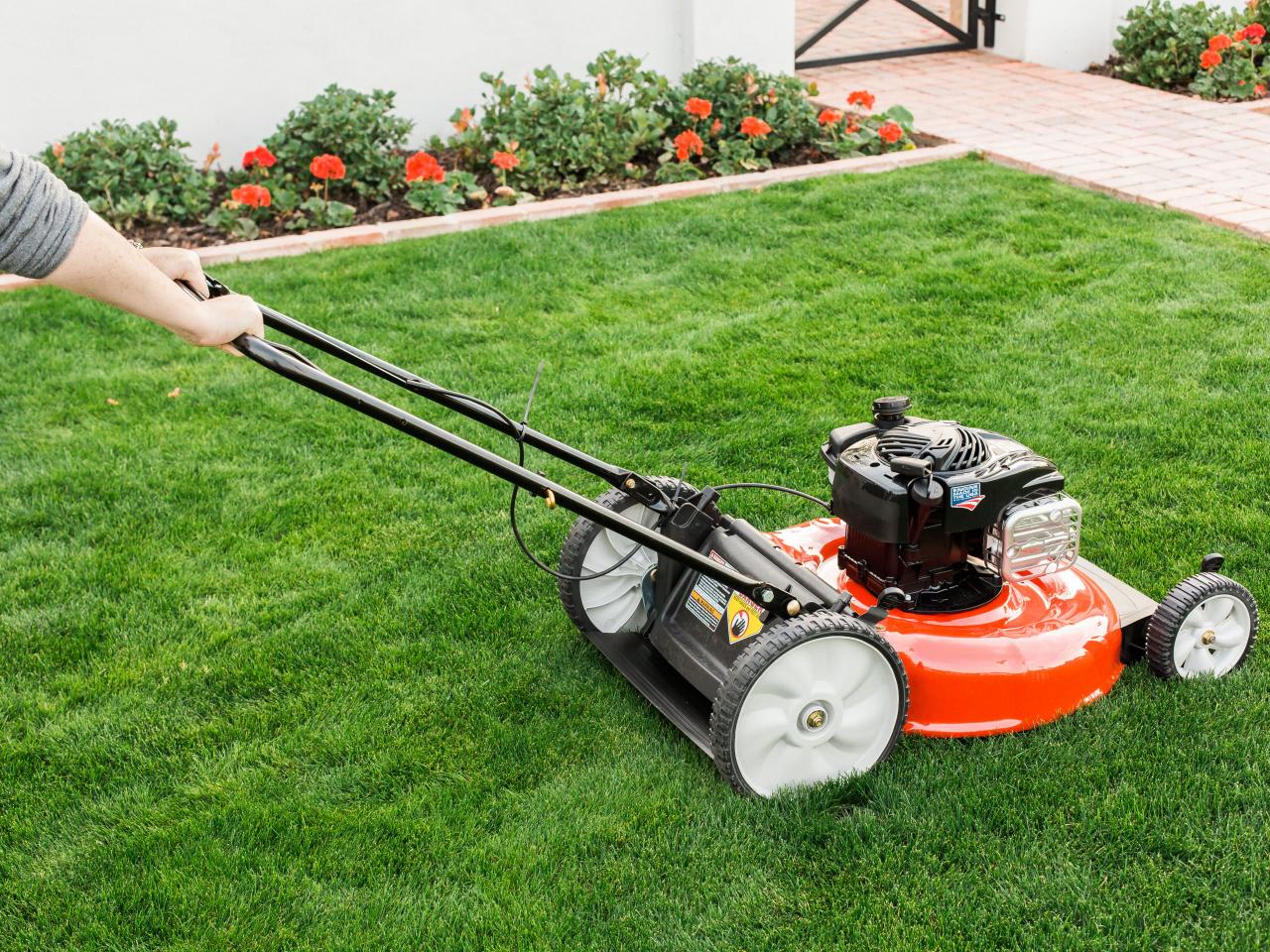

Landscaping Ideas
How Often Do Lawns Need To Be Mowed
Published: December 25, 2023
Discover expert tips on lawn care and landscaping ideas. Learn how often lawns need to be mowed for a healthy and vibrant yard.
(Many of the links in this article redirect to a specific reviewed product. Your purchase of these products through affiliate links helps to generate commission for Storables.com, at no extra cost. Learn more)
Introduction
Maintaining a lush, vibrant lawn requires a combination of proper watering, fertilization, and regular mowing. Among these essential lawn care practices, mowing plays a crucial role in promoting healthy grass growth and a well-manicured appearance. Determining the optimal frequency for mowing your lawn can significantly impact its overall health and aesthetic appeal. In this article, we will delve into the various factors that influence mowing frequency, explore the ideal mowing schedules for different types of grass, and provide valuable tips for achieving a thriving, well-groomed lawn.
Mowing frequency is not a one-size-fits-all approach, as it varies depending on several factors, including grass type, season, and weather conditions. By understanding these key considerations, you can establish a tailored mowing routine that fosters a resilient, visually striking lawn. Whether you're a seasoned lawn care enthusiast or a novice homeowner looking to elevate your landscaping efforts, mastering the art of mowing frequency is essential for nurturing a lush, verdant lawn that serves as a captivating centerpiece for your outdoor space.
Join us as we embark on a journey through the intricacies of lawn mowing, uncovering the secrets to achieving a well-maintained, thriving lawn that enhances the beauty and charm of your property. Let's explore the nuances of mowing frequency and discover the transformative impact it can have on the health and appearance of your lawn.
Key Takeaways:
- Mowing frequency varies based on grass type, season, and weather. Adhering to recommended schedules and proper techniques promotes healthy, well-manicured lawns that enhance outdoor spaces.
- Understanding the unique needs of different grass types empowers homeowners to establish tailored mowing routines, fostering optimal health and visual appeal for their lawns.
Read more: How Often To Mow The Grass
Factors Affecting Mowing Frequency
Several crucial factors influence the frequency at which you should mow your lawn, each playing a pivotal role in determining the optimal mowing schedule for maintaining a healthy and visually appealing lawn. Understanding these factors is essential for tailoring your mowing routine to suit the specific needs of your grass and the prevailing environmental conditions. Let’s explore the key determinants of mowing frequency:
- Grass Growth Rate: The rate at which your grass grows is a fundamental factor in determining how often you should mow your lawn. Different grass species exhibit varying growth rates, with some requiring more frequent mowing to keep them at an ideal height. Fast-growing grass types may necessitate more frequent mowing, especially during the peak growing season, to prevent the lawn from becoming overgrown and unkempt.
- Seasonal Variations: Mowing frequency often fluctuates with the changing seasons. In the spring and summer, when grass growth is typically more vigorous, you may need to mow your lawn more frequently to maintain an optimal height. Conversely, during the fall and winter months, the growth rate slows, necessitating less frequent mowing. Adapting your mowing schedule to align with seasonal variations is crucial for preserving the health and appearance of your lawn throughout the year.
- Weather Conditions: Weather plays a significant role in determining mowing frequency. Periods of abundant rainfall and ample sunlight can stimulate rapid grass growth, prompting more frequent mowing to keep the lawn at an appropriate height. Conversely, drought conditions or excessive heat may cause grass growth to slow, reducing the need for frequent mowing. Additionally, wet or damp grass should be avoided during mowing to prevent damage and ensure a clean, even cut.
- Mowing Height: The ideal mowing height for your grass type directly impacts the frequency of mowing. Maintaining the recommended mowing height helps promote healthy root development and resilience against environmental stressors. By adhering to the appropriate mowing height, you can effectively regulate the frequency of mowing while nurturing a strong, well-manicured lawn.
- Health of the Lawn: The overall health of your lawn, including factors such as soil quality, irrigation, and fertilization, can influence mowing frequency. A robust, well-nourished lawn may require more frequent mowing to manage vigorous growth and maintain an attractive appearance. Conversely, a lawn experiencing stress or nutrient deficiencies may exhibit slower growth, necessitating less frequent mowing.
By considering these pivotal factors, you can establish a tailored mowing schedule that aligns with the specific needs of your lawn, promoting healthy growth and a visually pleasing landscape. With a keen understanding of the factors influencing mowing frequency, you can embark on a journey toward achieving a thriving, well-maintained lawn that enhances the allure of your outdoor space.
Ideal Mowing Frequency for Different Types of Grass
Understanding the unique growth characteristics and maintenance requirements of different grass types is essential for determining the ideal mowing frequency. Tailoring your mowing schedule to suit the specific needs of your grass cultivar is paramount in fostering a healthy, well-groomed lawn. Let’s explore the recommended mowing frequencies for various grass species, each of which demands distinct care and attention:
- Bermuda Grass: Known for its rapid growth and resilience, Bermuda grass typically requires frequent mowing, especially during the peak growing season. To maintain an optimal height of around 1 to 1.5 inches, mowing every 5 to 7 days may be necessary to prevent the grass from becoming overly dense and developing thatch.
- Zoysia Grass: Zoysia grass exhibits moderate growth and thrives in warm climates. Mowing this grass every 7 to 10 days, depending on the growth rate, helps maintain a recommended height of 1 to 2 inches, promoting a lush, well-manicured appearance.
- Fescue Grass: Fescue grass, commonly found in cooler regions, benefits from a mowing frequency of every 7 to 10 days to keep it at an ideal height of 2 to 3 inches. This mowing schedule helps promote healthy growth and a dense, attractive lawn.
- Kentucky Bluegrass: Kentucky bluegrass requires regular mowing every 5 to 7 days during the growing season to maintain a height of 1.5 to 2.5 inches. Consistent mowing encourages vigorous growth and a resilient, visually appealing lawn.
- Centipede Grass: Centipede grass, known for its low maintenance requirements, benefits from a mowing frequency of every 10 to 14 days to uphold a recommended height of 1.5 to 2 inches. This infrequent mowing schedule complements the grass’s slow growth and promotes a tidy, well-kept lawn.
By adhering to these recommended mowing frequencies tailored to specific grass types, you can effectively manage the growth and appearance of your lawn, nurturing a resilient, visually captivating landscape. Understanding the unique mowing requirements of different grass species empowers you to establish a customized mowing routine that fosters the optimal health and beauty of your lawn, transforming it into a lush, inviting outdoor retreat.
Mow your lawn once a week during the growing season to keep it healthy and looking its best. Adjust frequency based on weather and growth rate.
Tips for Maintaining a Healthy Lawn
Maintaining a lush, vibrant lawn goes beyond regular mowing; it encompasses a holistic approach to lawn care that nurtures robust growth, resilience, and aesthetic appeal. By incorporating the following tips into your lawn maintenance routine, you can elevate the health and beauty of your grass, creating an inviting outdoor oasis for relaxation and recreation:
- Proper Mowing Techniques: When mowing your lawn, adhere to the one-third rule, which recommends removing no more than one-third of the grass blade’s height in a single mowing session. This practice helps prevent stress on the grass and promotes healthy growth.
- Sharp Mower Blades: Regularly sharpening your mower blades ensures a clean, precise cut, preventing damage to the grass blades and minimizing the risk of disease or discoloration. Dull blades can tear the grass, leading to a ragged, unhealthy appearance.
- Alternate Mowing Patterns: Varying your mowing patterns with each session prevents soil compaction and encourages upright grass growth. Alternating between horizontal, vertical, and diagonal mowing patterns promotes a balanced, uniform lawn texture.
- Appropriate Watering: Water your lawn deeply and infrequently, preferably in the early morning, to encourage deep root growth and minimize evaporation. Avoid overwatering, as it can lead to shallow root systems and susceptibility to stress.
- Regular Aeration: Periodic aeration alleviates soil compaction, enhances air and water penetration, and stimulates healthy root development. Core aeration, especially in high-traffic areas, promotes a robust, resilient lawn.
- Correct Fertilization: Apply fertilizers in accordance with your grass type’s specific needs and seasonal requirements. Balanced fertilization promotes vigorous growth, vibrant color, and overall lawn health.
- Weed Control: Implement a proactive weed control strategy to prevent invasive species from encroaching on your lawn. Regularly inspect and address weed infestations promptly to maintain a pristine, weed-free lawn.
- Seasonal Maintenance: Tailor your lawn care practices to align with seasonal variations, including overseeding in the fall, dethatching as needed, and adjusting mowing frequency based on temperature and growth patterns.
By integrating these essential tips into your lawn care regimen, you can cultivate a thriving, visually captivating lawn that serves as a focal point of natural beauty within your outdoor space. Embracing a comprehensive approach to lawn maintenance empowers you to nurture healthy, resilient grass growth and create an inviting, rejuvenating environment for leisure and enjoyment.
Conclusion
Embarking on a journey to cultivate a healthy, visually appealing lawn involves a multifaceted approach that encompasses proper mowing practices, attentive maintenance, and a deep understanding of the unique needs of different grass types. By recognizing the influential factors shaping mowing frequency, tailoring your approach to suit specific grass cultivars, and integrating essential lawn care tips, you can elevate the health and beauty of your outdoor oasis.
As you navigate the intricacies of mowing frequency and lawn maintenance, remember that a well-groomed lawn not only enhances the aesthetic charm of your property but also provides a serene, inviting setting for relaxation and recreation. Embracing the art of mowing frequency empowers you to nurture resilient, vibrant grass growth, creating a captivating natural canvas that enriches your outdoor living experience.
Whether you’re tending to Bermuda grass that thrives on frequent mowing or nurturing the moderate growth of Zoysia grass, understanding the unique requirements of each grass type enables you to establish a tailored mowing routine that promotes optimal health and visual allure. By implementing proper mowing techniques, adhering to recommended mowing frequencies, and integrating holistic lawn care practices, you can transform your lawn into a verdant sanctuary that beckons with its lush, inviting expanse.
As you continue your journey as a steward of a well-maintained lawn, remember that the art of mowing frequency is a dynamic, evolving process that responds to seasonal variations, weather patterns, and the ever-changing needs of your grass. Embrace the nuances of lawn care, infuse your efforts with passion and dedication, and revel in the transformative impact of a thriving, well-groomed lawn that stands as a testament to your commitment to natural beauty.
With each carefully orchestrated mowing session and attentive lawn care endeavor, you contribute to the creation of a captivating outdoor retreat—one that invites you to bask in the splendor of nature’s verdant tapestry and revel in the timeless allure of a well-tended lawn.
Frequently Asked Questions about How Often Do Lawns Need To Be Mowed
Was this page helpful?
At Storables.com, we guarantee accurate and reliable information. Our content, validated by Expert Board Contributors, is crafted following stringent Editorial Policies. We're committed to providing you with well-researched, expert-backed insights for all your informational needs.


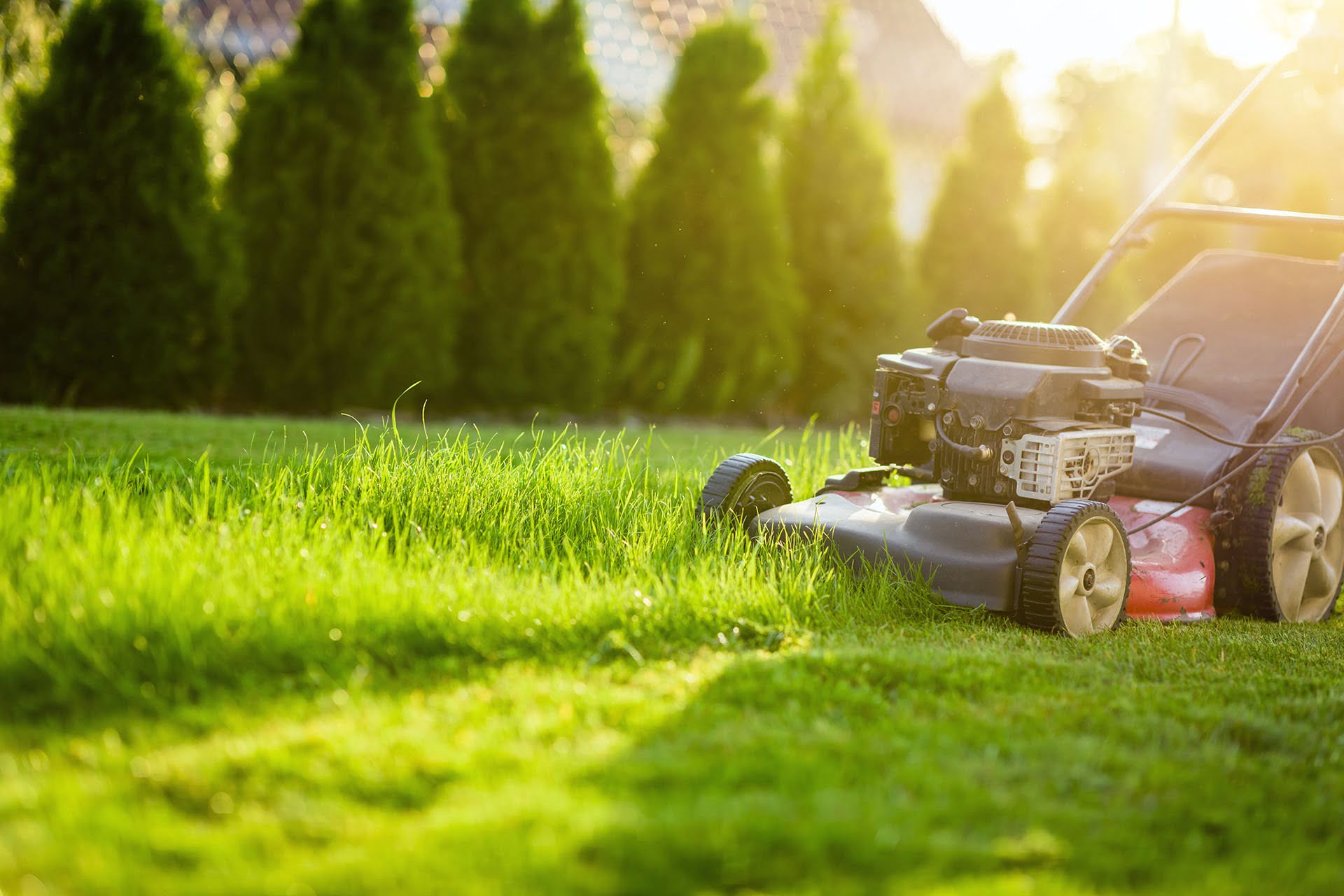
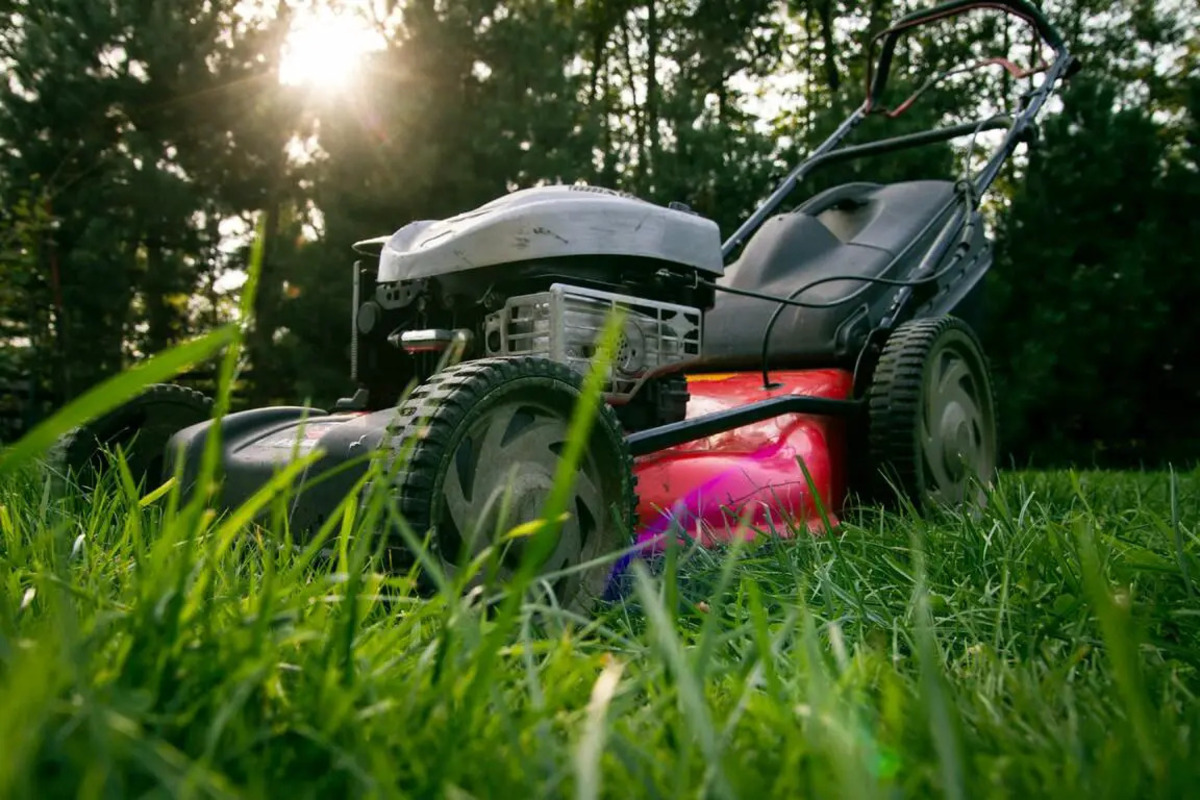

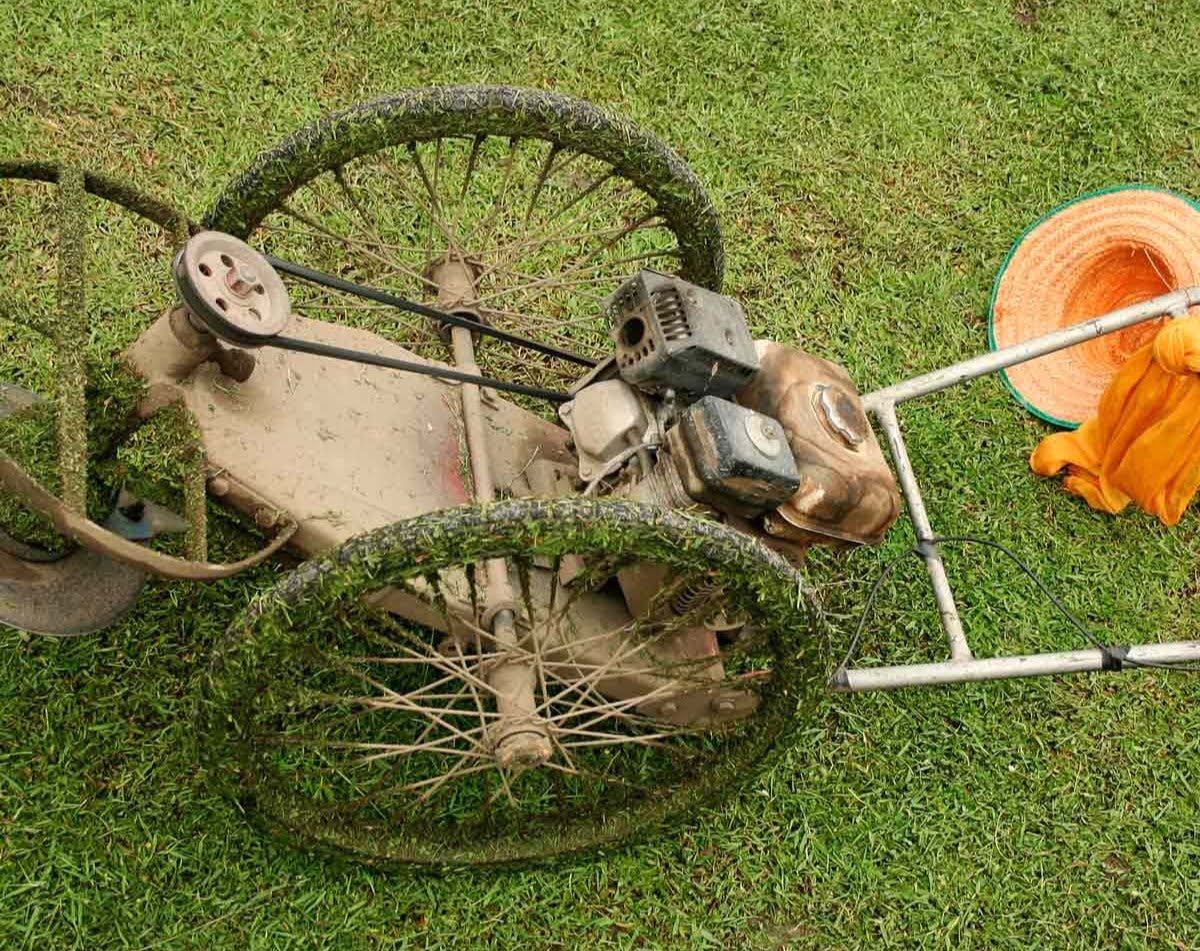
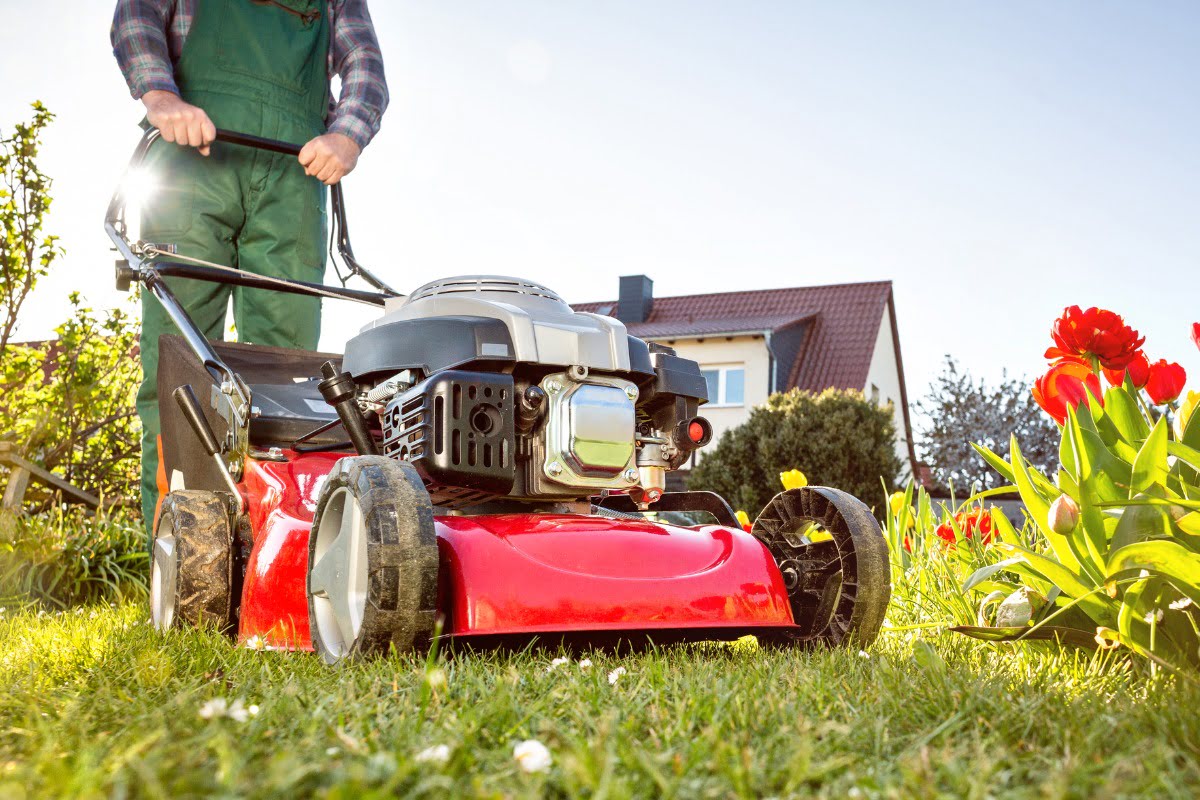

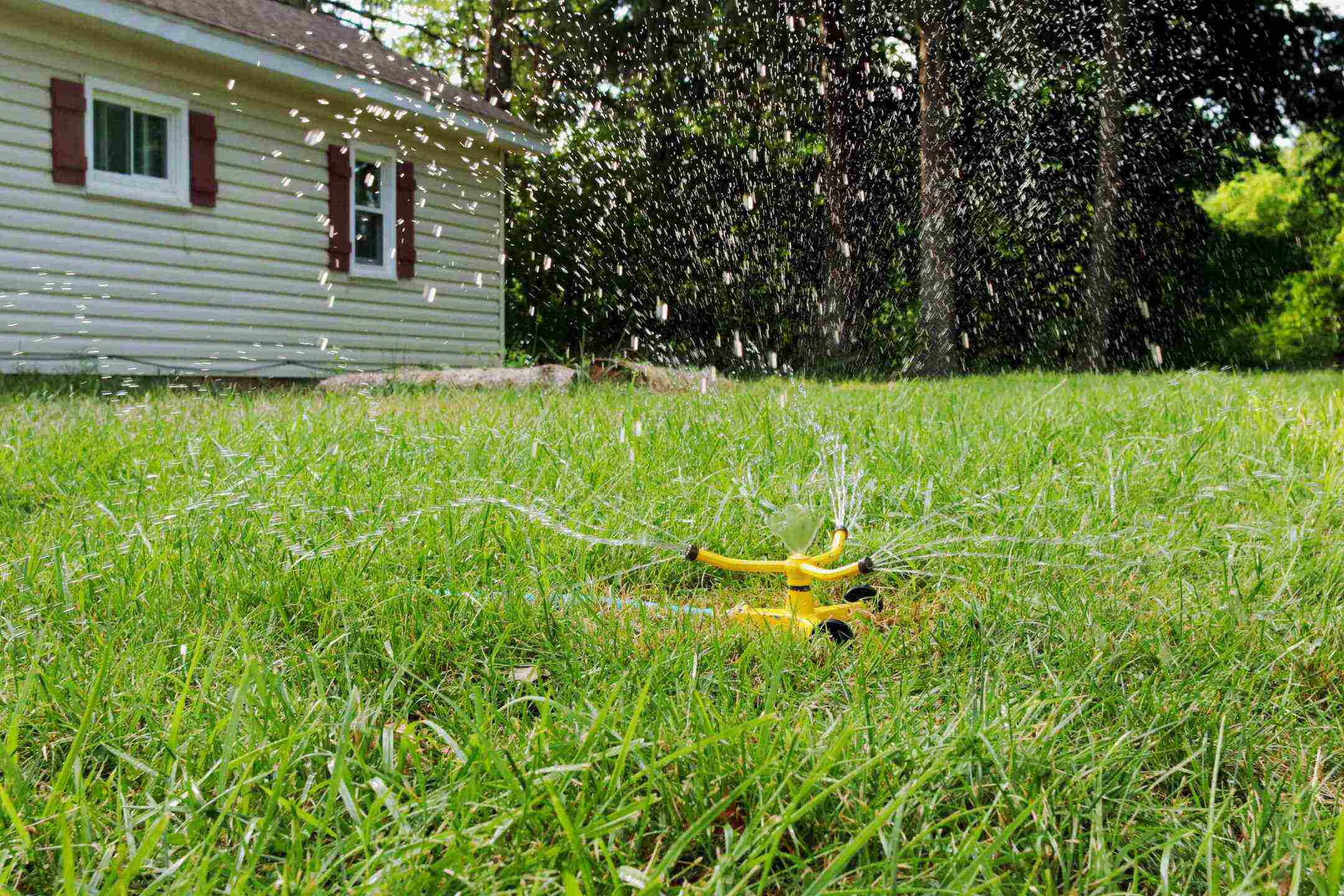

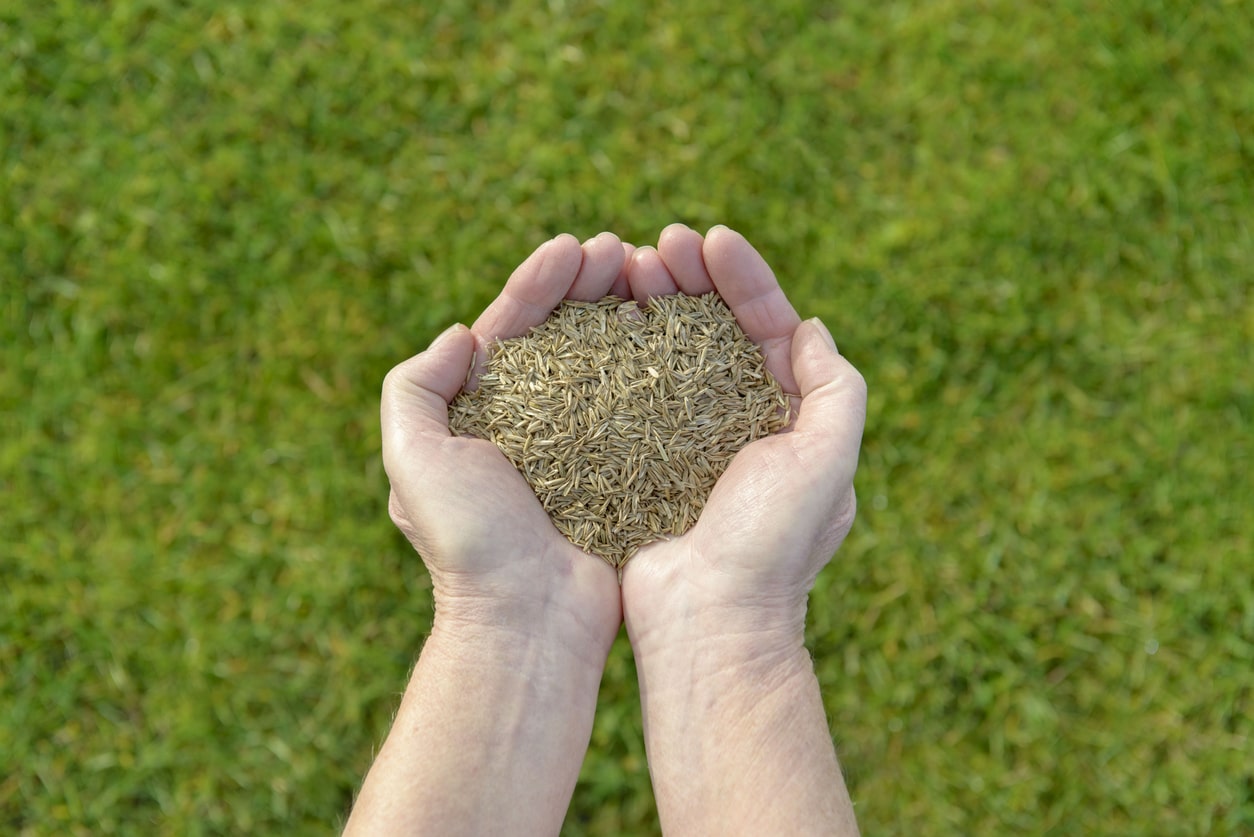

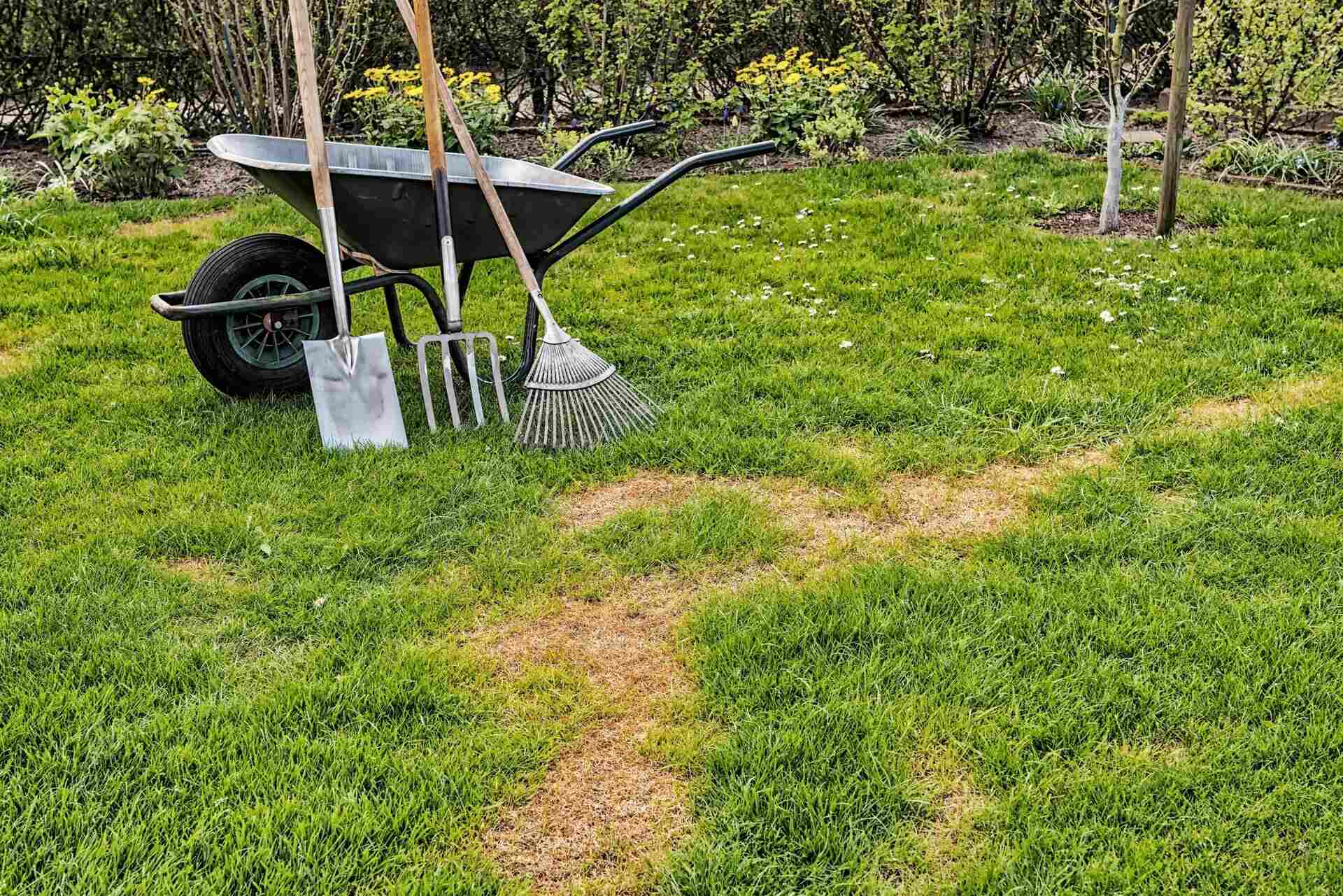

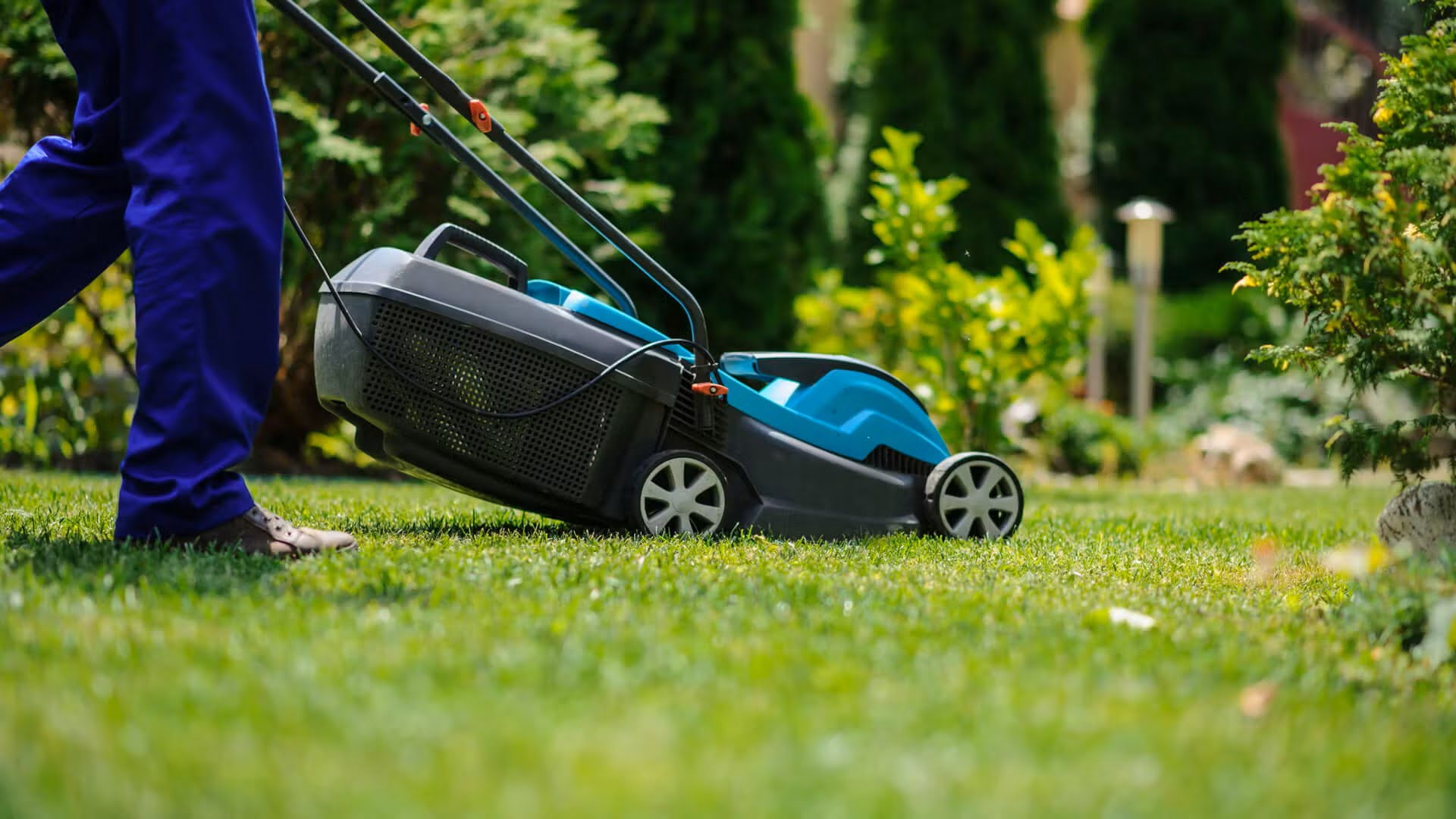

0 thoughts on “How Often Do Lawns Need To Be Mowed”